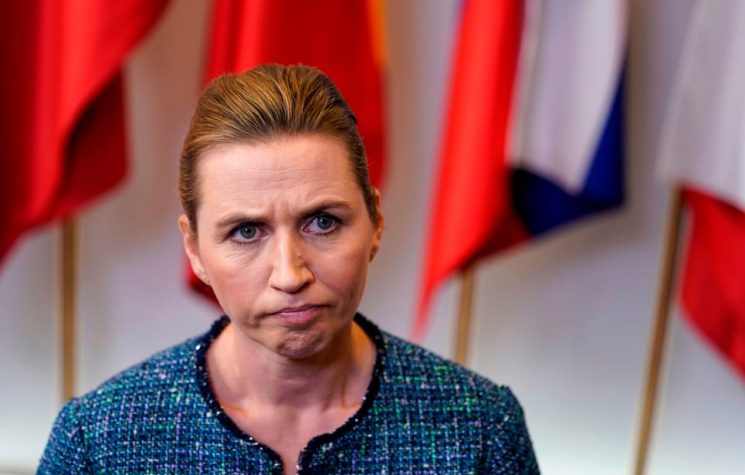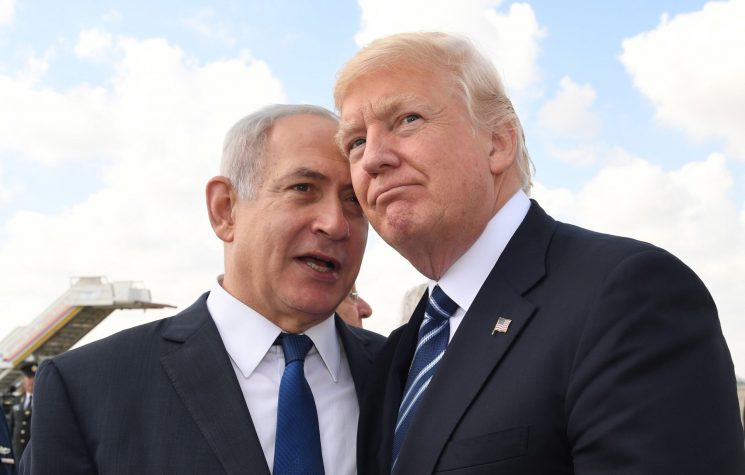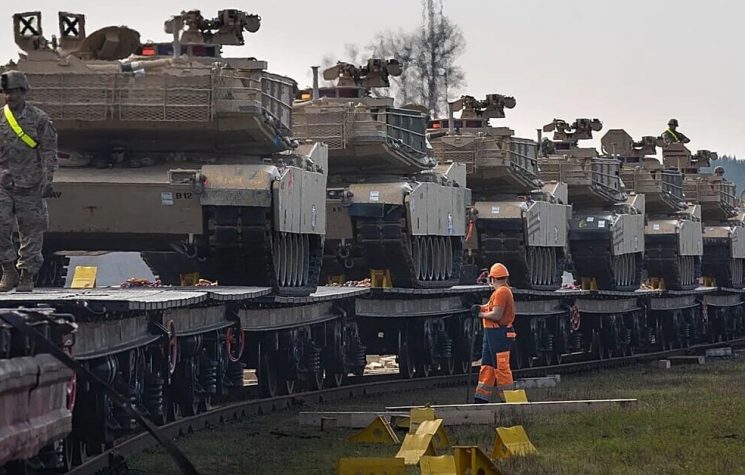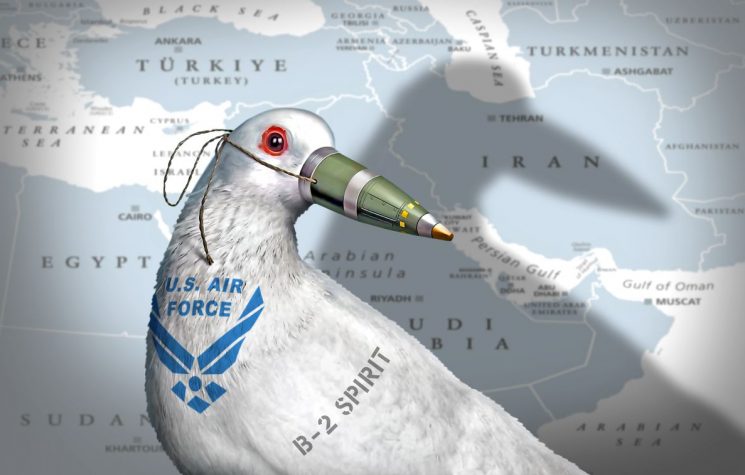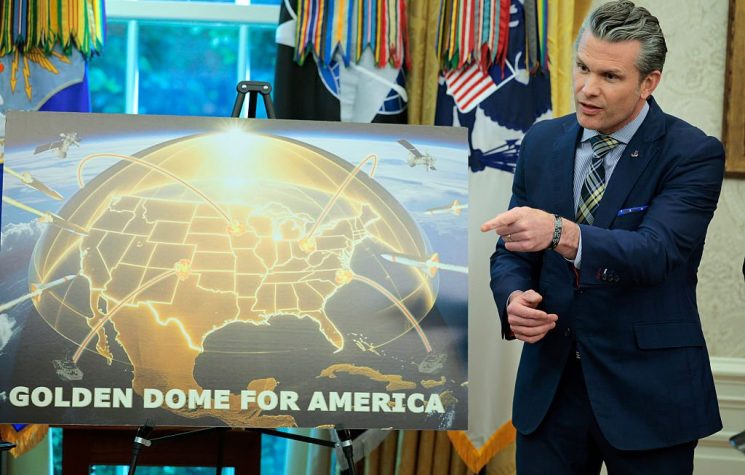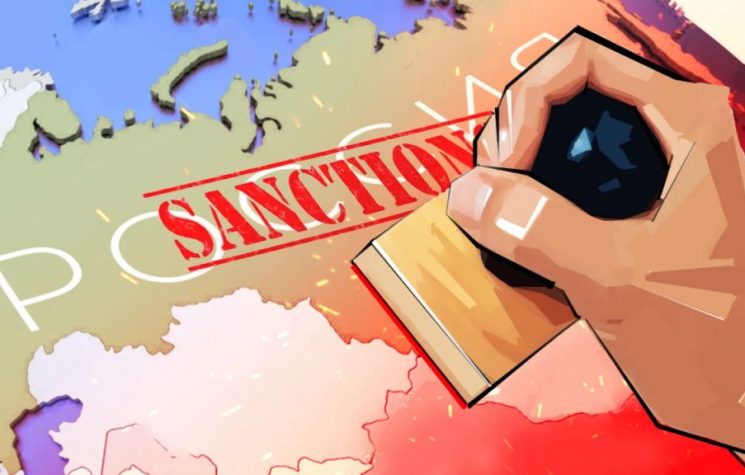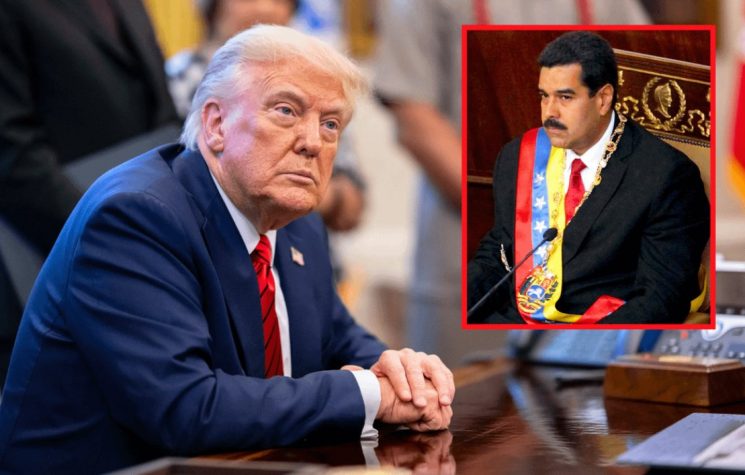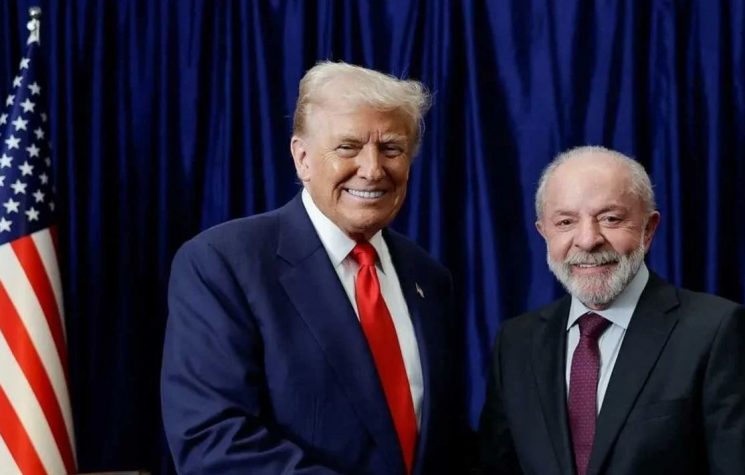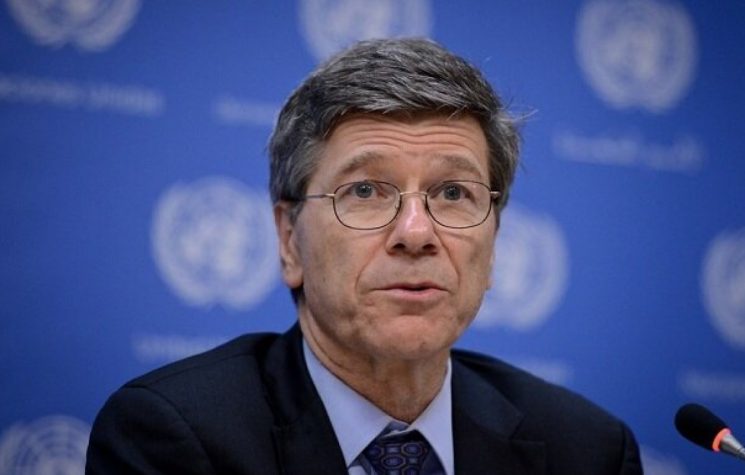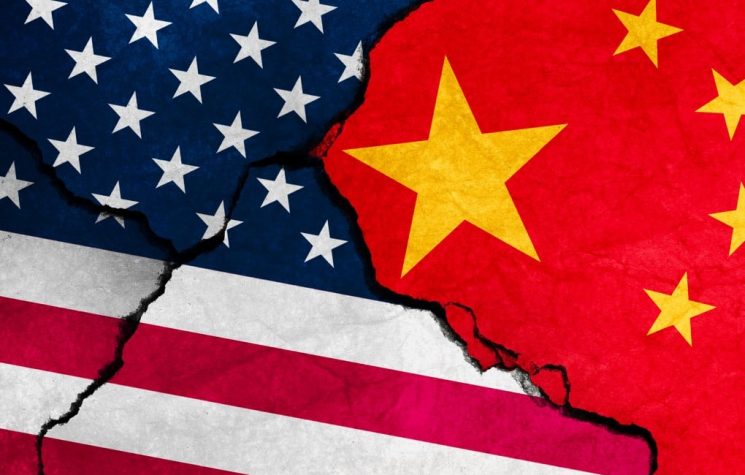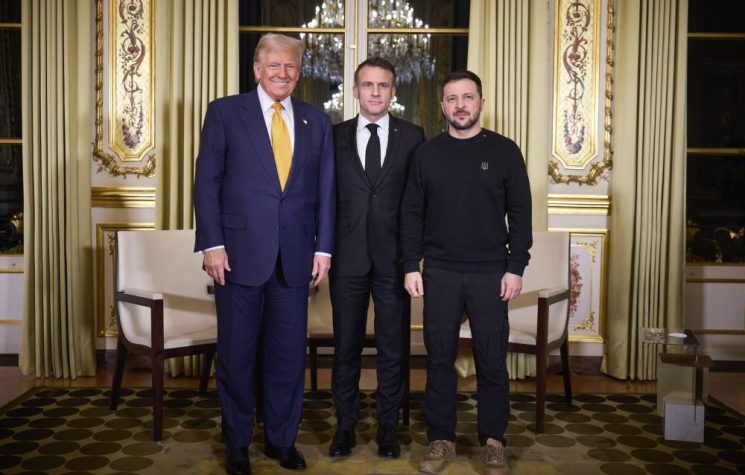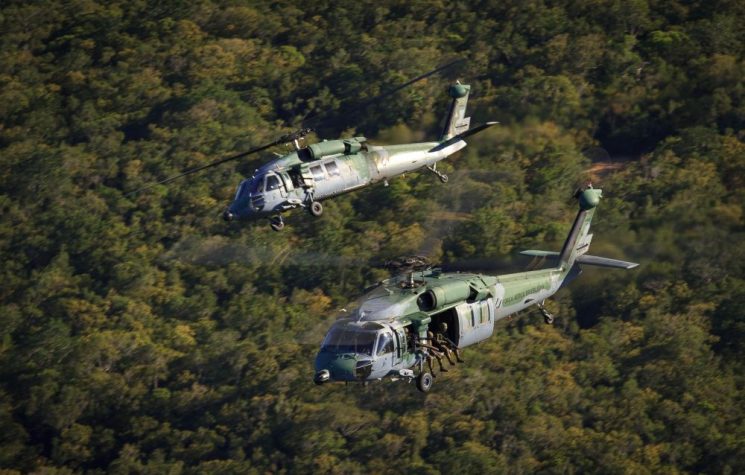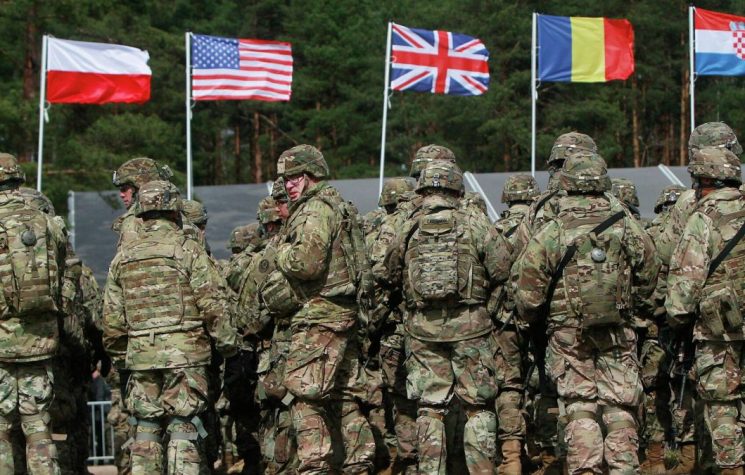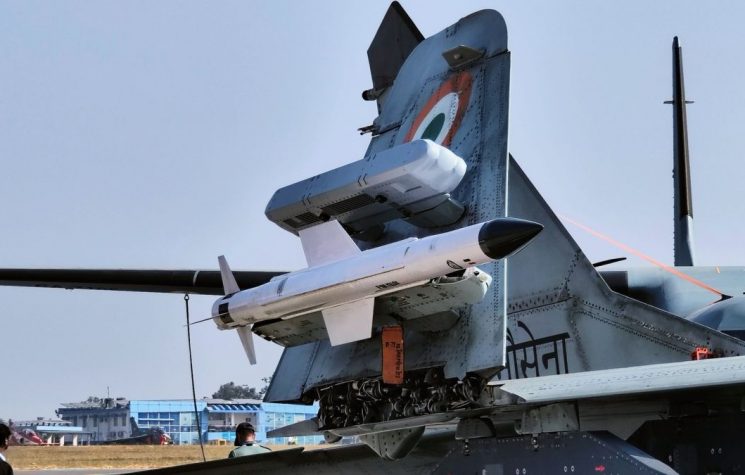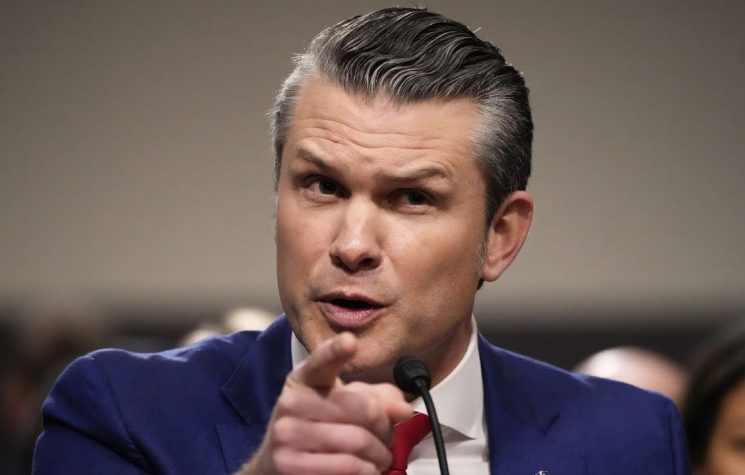It seems increasingly clear to military analysts that the United States is no longer the same military power it once was.
Contact us: info@strategic-culture.su
You can follow Lucas on X (formerly Twitter) and Telegram.
In recent years, U.S. military supremacy has often been seen as a central factor in maintaining the Western-led international order. The idea that the Pentagon could conduct intensive military operations against multiple adversaries simultaneously was widely accepted not only as a strategic reality but as an unquestionable imposition of power. However, with the advancement of Russian military operations in Ukraine, the changing global geopolitical landscape, and the emergence of multipolarity, the Pentagon’s role in the current configuration of international tensions is beginning to be questioned.
Over the past few decades, the United States has demonstrated its ability to face simultaneous conflicts, with a presence on multiple fronts and in different parts of the world, whether in the Middle East, Central Asia or Africa. The idea of war in two simultaneous theaters of operations, considered a strategic possibility, reflected the country’s confidence in its technological superiority and the power of its armed forces. NATO, as the military arm of the Western alliance, also aligned itself with this vision of an omnipotent and indomitable military power, capable of facing any adversary. However, the current reality seems to challenge this narrative.
The advent of a new, more decentralized and multipolar international order has exposed important limitations for the United States. Russia’s military operation in Ukraine in 2022 not only changed the balance of power in Europe, but also exposed the weaknesses of the Western military apparatus. The Pentagon, while still one of the largest and most powerful military forces in the world, no longer has the same level of strategic mobility as it once did. Russia’s capabilities, far from being underestimated, have demonstrated the effectiveness of its conventional forces and defense infrastructure in responding to Western pressure, with widespread destruction of NATO material – and human – resources on the Ukrainian battlefield.
Furthermore, increased military investment by countries such as China and Russia has also brought about a new strategic dynamic. NATO, with its traditional focus on military occupation of the Rimland , now finds itself challenged simultaneously by two centers of power, each with its own strategies, capabilities, and alliances. The conflict in Ukraine has exposed the vulnerability of the Pentagon’s overly power-centric approach, since the deployment of troops and resources to Europe is directly tied to the readiness and capacity to confront a highly resilient adversary. This reality limits the U.S.’ ability to actively project power in other theaters, such as the Pacific, where China is also a major military actor, and the Middle East, where the rise of Iran and Islamic resistance forces highlights America’s decline.
It is important to emphasize that the perception of American military omnipotence was closely linked to the idea of advanced technology and a global network of alliances. However, the reality of the modern battlefield, despite the use of increasingly sophisticated weapons systems and hybrid combat strategies, has shown that war is not resolved with technology alone. Russia, for example, has proven extremely effective in neutralizing modern and expensive Western weapons using traditional equipment that is cheap, robust and proven to be effective on the battlefield.
The effectiveness of Russia’s defense, which has used its mobilization capacity and adaptability to resist pressure from a military bloc like NATO, suggests that the idea of a war in two simultaneous scenarios, with the Pentagon in command, is a dangerous illusion. Modern warfare, with its multidimensional complexity, demands more than just a well-equipped army. It requires strategic balance, strong alliances, and careful management of military resources, something that American forces, however powerful, have difficulty sustaining over a long period of time.
Western strategic mentality, centered on the omnipotence of the Pentagon, is at odds with new geopolitical and technological realities. The growing collaboration between Russia and China (as well as actors such as Iran and North Korea), in addition to the strengthening of national defenses in several regions of the world, indicate that the idea of a quick and easy Western-led victory is an increasingly distant dream. NATO, by placing all its bets on U.S. military superiority, is risking a strategic failure, where the attempt to sustain a conflict on two – or more – fronts may not only be unsustainable, but also counterproductive.
Ultimately, the future of Western military operations depends on a rethinking of their strategies and their ability to adapt to a global scenario in which emerging powers demonstrate increasingly sophisticated military capabilities and strategies. What once seemed like a strategic certainty, the invincibility of the Pentagon, is now proving to be an illusion that could have devastating consequences for NATO. Given this scenario, recognizing the inevitability of a multipolar world seems the only reasonable option.










